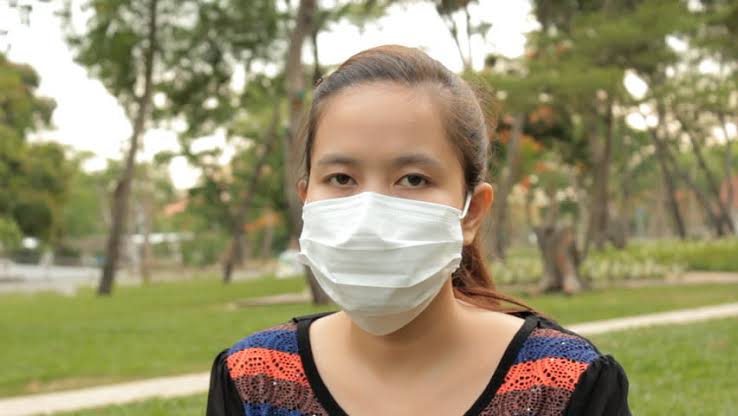Scientists have found an association between rising ozone exposure and the risk of death in the short term.

An international team of scientists has identified a link between increased ozone exposure and the risk of death over the short term.
The results that appear in the BMJ indicate that more strict regulations on air pollution would significantly reduce such deaths.
Ozone pollution
Ozone is a type of gas composed of three atoms of oxygen.
Ozone has different health implications depending upon where this comes from, according to the United States Environmental Protection Agency (EPA).
Stratospheric ozone helps to protect Earth’s atmosphere from ultraviolet radiation from the sun, and as such is an aid to human health.
Ground-level ozone (GLO) however has associations with a variety of health issues. It is particularly dangerous for the elderly, children and people with lung diseases, such as asthma.
GLO is forming when pollution reacts with sunlight according to the EPA. This pollution is emitted by combustion, primarily from sources created by human beings that burn fossil fuels, such as cars and power stations.
According to the study authors, “with global warming, ozone rates are expected to increase,” and as such, scientists need to gain a full understanding of the relationship between GLO and health issues.
Quantifying the effects
Study authors note that while many studies document the adverse health effects of exposure to ozone, they often do not discuss the rise in short-term deaths it causes.
Instead, studies have typically focused on general adverse health issues over the longer term.
Quantifying the short-term effects of exposure to ozone can be helpful in the forming of an air pollution policy.
This is particularly important in light of the fact that air pollution policies differ significantly around the world.
According to the BMJ article, the World Health Organization (WHO) suggests an ozone threshold of 100 micrograms per cubic meter of ambient air (100 μg / m3), the European Union (EU) puts that figure at 120 μg / m3, the United States suggests 140 μg / m3, and China recommends 160 μg / m3 in the end.
By recognizing GLO’s impact on short-term deaths, the authors of the study hope that clear, evidence-based policy will save a large number of lives around the world.
Over 6000 additional deaths
The international team analyzed data from 406 cities in 20 countries, focusing on the number of deaths and the everyday effects on the environment. They covered a period from 1985 through 2015.
By determining the average daily ozone levels, particulate concentrations, ambient temperature, and humidity at each of the places they studied, they were able to identify a possible correlation between increases in ozone levels and short-term deaths.
The team found that a 10 μg / m3 rise in ozone over two days resulted in an increased risk of death of 0.18%.
It equates to 6,262 additional deaths due to ozone air pollution in the cities they were researching.
Lower pollution thresholds
Based on WHO data, the team states that over 80% of people living in an urban area where air pollution rates are reported by authorities are exposed to higher levels of air pollution than the prescribed threshold of 100 μg / m3 by the WHO.
The researchers also noted, however, that ozone levels below the WHO threshold were still associated with significant deaths.
It indicates that not only should many countries around the world be far more strict in their regulations for air pollution, but the WHO could also lower their recommended level in the interests of public health.
The team behind the study acknowledged some limitations: the study is retrospective, which means it can not explain why elevated levels of ozone increase the number of deaths in the short term.
However, while the number of locations they were researching was far greater and more reliable than previous studies, some differences still remained. The study, for example, did not include any cities in Africa, the Middle East, or South America, which comprise a significant portion of the world population.
The study also supports a growing body of evidence that air pollution has major adverse health effects. These are likely to rise as human-influenced global heating further raises ozone levels.






